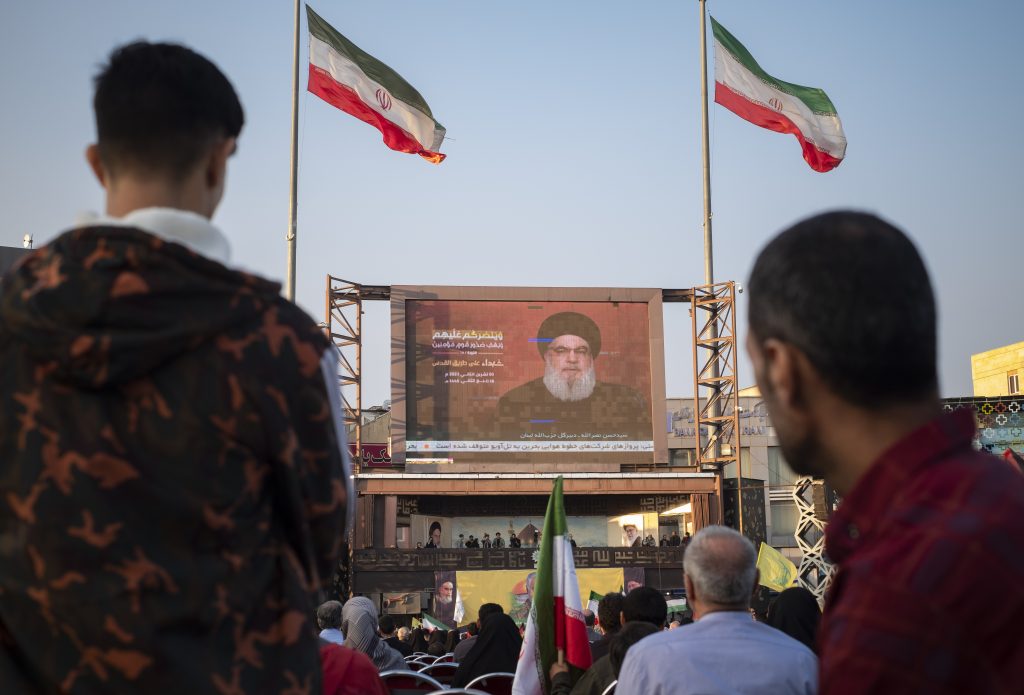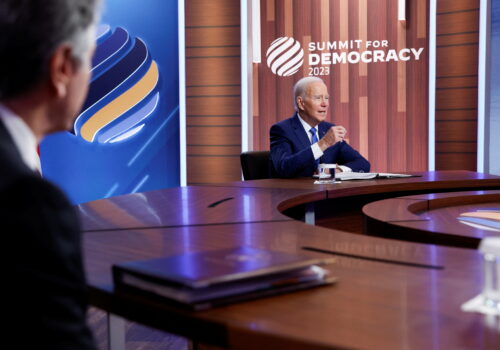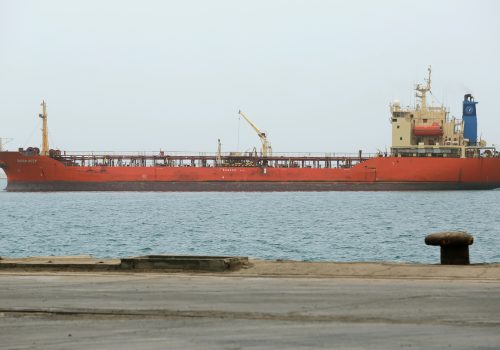As tensions increase with Iran and its proxies in the Red Sea, it’s growing harder for Biden administration officials to avoid an ugly truth: The Iranian regime is pivotal to most of the Middle East’s worst problems, and US inattention will only make those problems worse.
Hamas’s terrorist strike on October 7 wouldn’t have happened without Iran’s years of funding and military support to the group. The Houthis’ attacks on global shipping—threatening a waterway through which a third of the world’s containers pass—require Iranian support and weaponry. Hezbollah, which is also heavily backed by Iran, has launched more than a thousand rockets on Israel’s north since October 7. And it is Iranian-backed militias in Syria and Iraq that are attacking US bases.
So far, Hamas’s attacks and the war in Gaza that has followed haven’t resulted in a wider Middle East conflict. The concern now is that the US Navy attack on three Houthi vessels last weekend (killing ten) and the subsequent arrival of an Iranian destroyer in the Red Sea increase the risk of an expanded war.
What should worry Americans, as I argued yesterday on CNBC, is the rising cost of Iran’s unchecked regional and global misbehavior. Virtually unnoticed amid the Gaza war is that Iran has tripled production of nearly weapons-grade uranium. International Atomic Energy Agency Director General Rafael Grossi said his inspectors had confirmed in December increased production of highly enriched uranium at both of Iran’s main nuclear facilities.
That means Iran is perilously close to a nuclear weapons capability. The Wall Street Journal reports experts as saying Iran already has sufficient stock of highly enriched uranium (which could be converted into weapons grade in less than two weeks) for three weapons. This is unfolding in an Iran that has been growing far closer to China and, through its arms deliveries, has been playing a crucial role in Russia’s war effort in Ukraine.
Former Israeli Prime Minister Naftali Bennett compares today’s Iran to the Cold War’s Soviet Union. “The Soviet Union collapsed from internal rot coupled with external pressure applied by the US,” he writes, arguing that the same would weaken Tehran.
Iran is supplying the rot. What’s remains lacking is external pressure commensurate to the threat.
Frederick Kempe is president and chief executive officer of the Atlantic Council. You can follow him on Twitter @FredKempe.
This edition is part of Frederick Kempe’s Inflection Points Today newsletter, a column of quick-hit insights on a world in transition. To receive this newsletter throughout the week, sign up here.
Further reading
Tue, Jan 2, 2024
Six ways for the US to put democracy back on the global agenda in 2024
New Atlanticist By Patrick Quirk
As 2024 begins, the Biden administration must take urgent steps to put its pro-democracy rhetoric into action in key theaters around the world.
Fri, Dec 22, 2023
How to hold the Islamic Republic of Iran accountable in European courts
Report By Gissou Nia, Celeste Kmiotek, Lisandra Novo, Alyssa T. Yamamoto
While there are no viable domestic routes toward accountability within Iran, national judicial systems in other states present an alternative path to justice. This report examines prospects for initiating prosecutions against IRI perpetrators in European jurisdictions.
Wed, Dec 20, 2023
What’s behind the attacks on ships in the Red Sea
New Atlanticist By Ellen Wald
Houthis have increased drone and missile attacks against commercial ships in the area, and companies are suspending routes through the Suez Canal.
Image: Iranian men at a square in Tehran as Lebanon's Hezbollah Secretary-General Hassan Nasrallah gives a speech, November 3, 2023. Hassan Nasrallah spoke in Beirut about the Israeli army's attack on Gaza and warned Israel about a possible attack on Lebanon. (Photo by Morteza Nikoubazl/NurPhoto)



